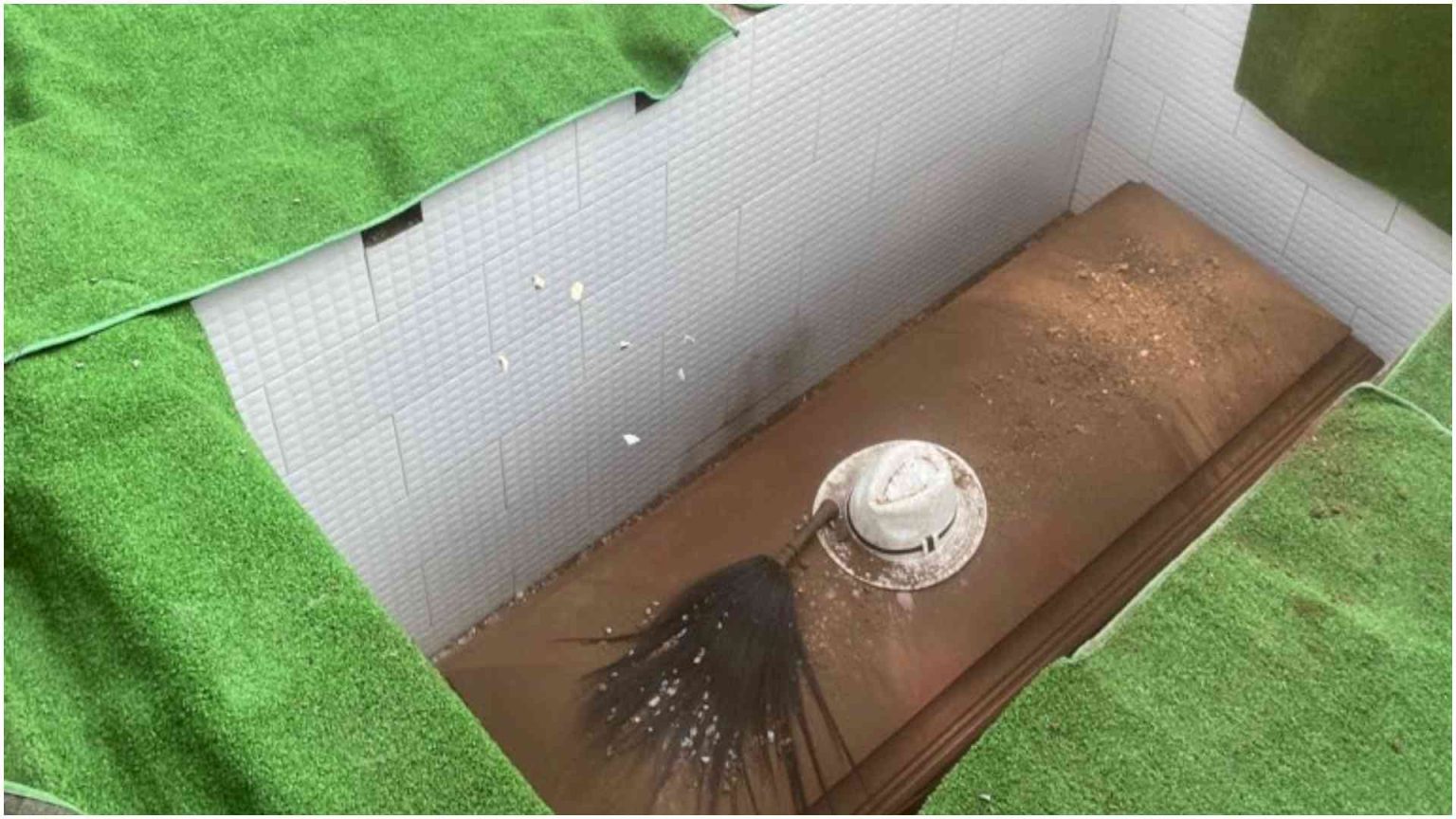After handfuls of soil were thrown onto Raila Odinga’s grave, to signify people’s final goodbye and respect, hundreds of mourners broke into song and dance.
Carrying twigs and portraits of Raila, the crowd swayed, stomped, wailed, and circled the grave, their movements guided by centuries-old Luo funeral customs.
Moments earlier, the grave had been sealed with cement, and the people carried on with their grief through elaborate dance and screams.
The revered late prime minister was laid to rest at the family Jaramogi Oginga Odinga Mausoleum (Kang’o ka Jaramogi), Bondo, Siaya County, on Sunday evening.
His burial marked the close of three days of memorial events attended by thousands.
As the casket was lowered, Raila’s iconic hat and traditional whisk were placed on top of it by his guard Maurice Ogeta, who had served him to his last day.
The air filled with the sound of ululations, whistles, and horns.
An elderly Luo man, Onyango Omanga, said that dancing around the grave is part of a farewell in the Luo traditions. Traditionally, mourners would carry otugo diep (a club) and tong (spear), while dressed in Luo regalia.
“We sing, praise, and call the departed by all sorts of names. This is meant to ward off evil spirits. Also, yesterday people didn’t want to leave because Raila meant a lot to them; they wanted to stay to mourn and celebrate his life,” he says.
Onyango added that the ritual may continue days after the burial.
“After one week, or even after 30 days, people return to dance around the grave again. It is how we honour and remember,” he says.
